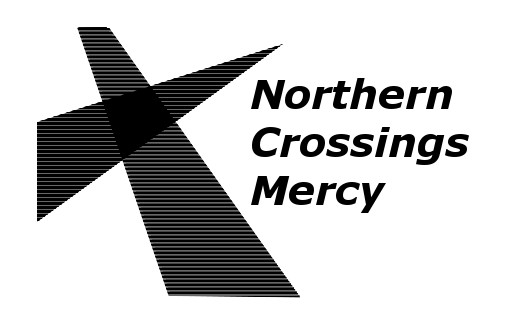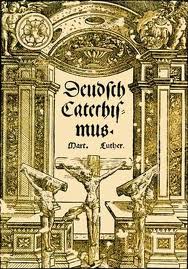“Do you know what a “Theology of Glory” does in a Third World country?” A friend of mine in Africa asked me that question and the answer is it devastates lives and trust and faith. “The Theology of the Cross” is what we need here”, he said, “sound Lutheran Theology”. Those words struck me in how often we do not have a “purposeful reliance upon doctrine”. We say we believe and teach certain things and yet we are technically unbelievers in the doctrines that we espouse. We also believe technically in a theology of Glory. Do this program. Read this book. Follow this catechetical regimen and you will be successful. Explain? How much of what we do in the church is an attempt to manipulate, manage, or control outcomes? It seems to be in our DNA as Americans. From the Sunday School material we order, to the LWML planning meeting, to the conflicts that we see with Pastors and congregations, the issue is control of our environment, emotions, and if the truth be told, other people.
The Theology of the Cross places witness as the primary practice of the church in the world. The Greek word martys, or witness, is where we get our English term martyr. It is not coincidence that the term came to be associated with death. For early Christians, such as Ignatius, to witness to Jesus Christ in the form of suffering or death was considered a central aspect of the experience of imitating Christ. Martyr refers to one who bears witness or testifies to an event. However, Darrell Guder argues that in order to understand the breadth of the biblical understanding of witness one needs to contemplate “the person as witness (the being of witness), the witness as action (the doing of witness), and witness as communication (the saying of witness).” This threefold view of witness is seen in the lives of some of the earliest Christian martyrs. They understood witness not only to be the communication of Christ to the world but also to include being and doing as the continuation of God’s redemptive purposes in the world. This being and doing was an imitation of Christ through participating in Christ’s suffering and dying as witness to what God was doing in the world. The church is called to give witness by embodying the crucified Christ whom they proclaim, through their being and their doing. The church must consistently wrestle with the questions: Does this practice of mission embody the crucified Christ? And does the church view the cross only in soteriological terms and thus look past the cross in favor of other modes of being and doing? Or does the church look through the cross as the determinant of its practice of mission? These questions should not be reduced to morality and religious piety but must include the church’s political, economic, and social engagement with the world. It is a question of faith for the church. Practicing the art of the weak recognizes that witnessing to the crucified Christ will be viewed, as Paul puts it, as “foolishness” and a “stumbling block” to those outside the church and perhaps by some within. Nonetheless, it is an act of faith to witness to God’s grace and power through Jesus Christ and not to our own ability to draw the world to him. For Christ witnesses to the power and reign of God in this way: “‘But I, when I am lifted up from the earth, will draw all men to myself.’ He said this to show the kind of death he was going to die” (John 12:32–33). Witnessing to the crucified Christ through the church’s speaking, being, and doing is an act of faith that God will draw all people to himself through the cross of Jesus Christ.
Darrell L. Guder, The Continuing Conversion of the Church, The Gospel and Our Culture Series (Grand Rapids: Eerdmans, 2000), 70. Found in
THE ART OF THE WEAK: FROM A THEOLOGY OF THE CROSS TO MISSIONAL PRAXIS in Mission Dei by Ben Lanford


